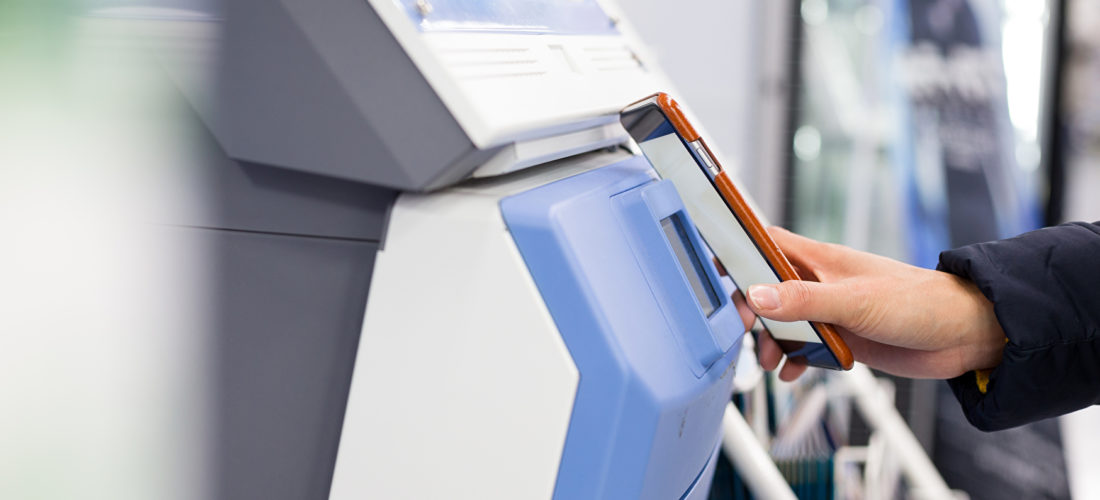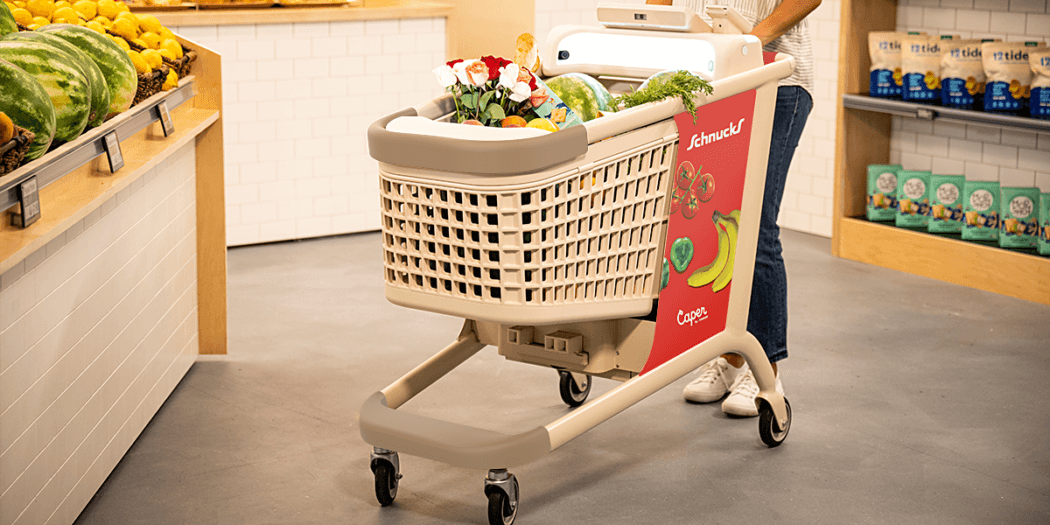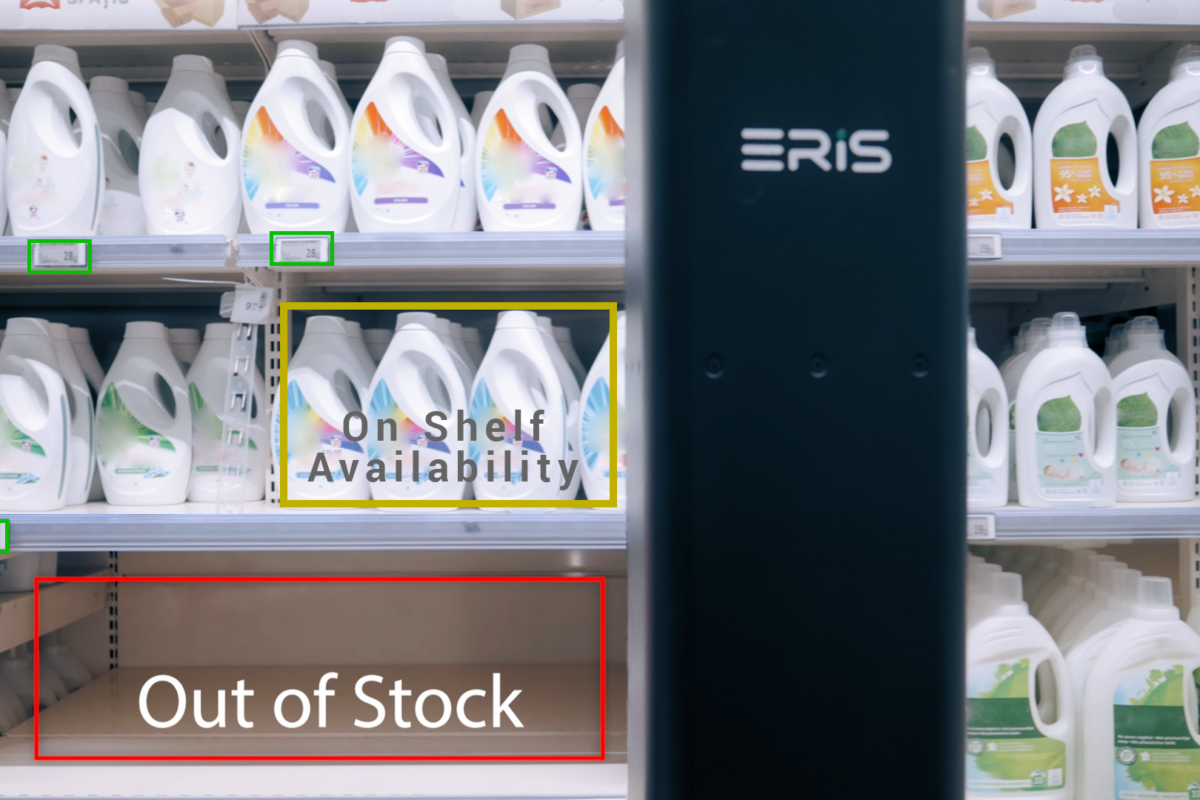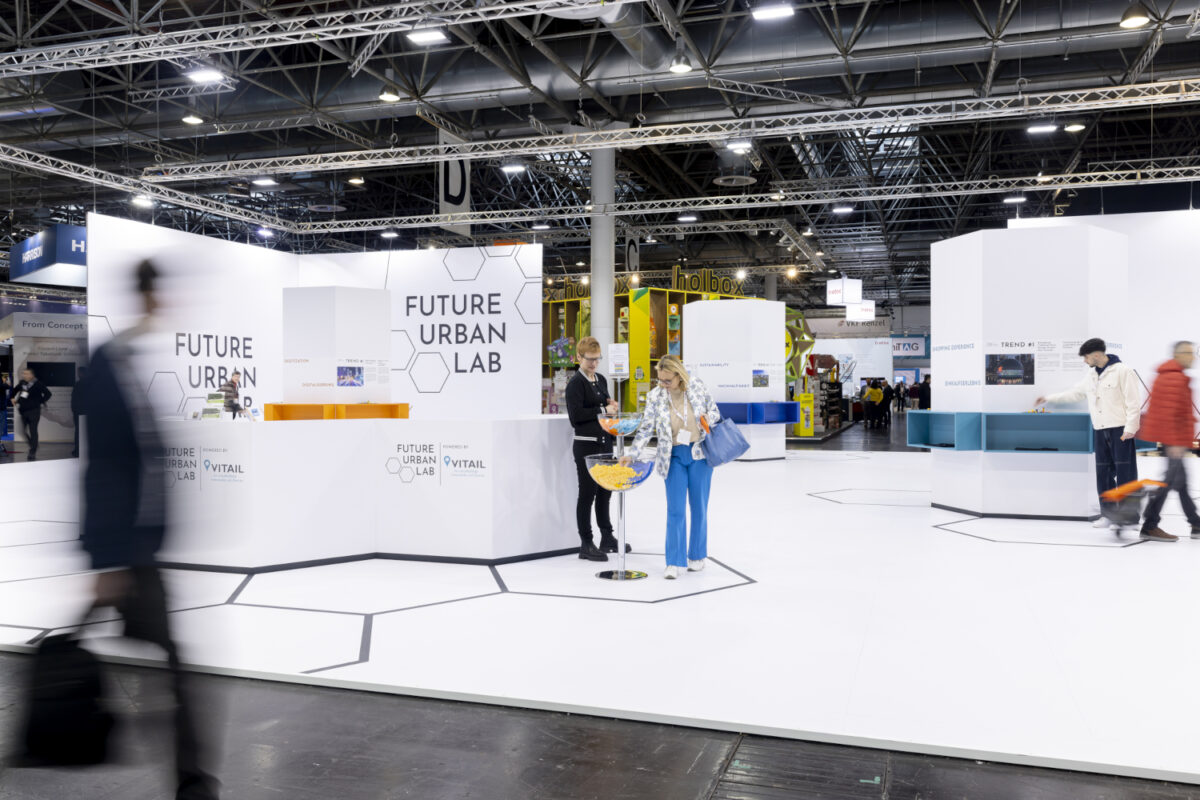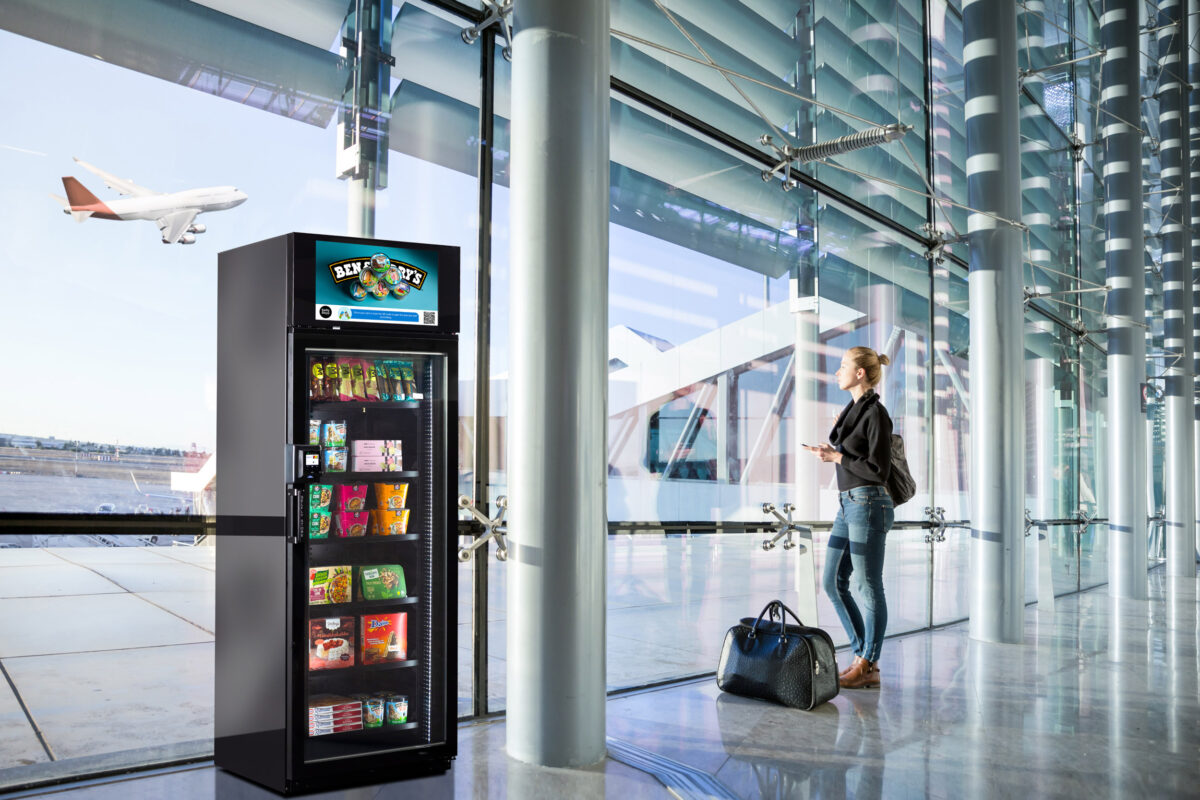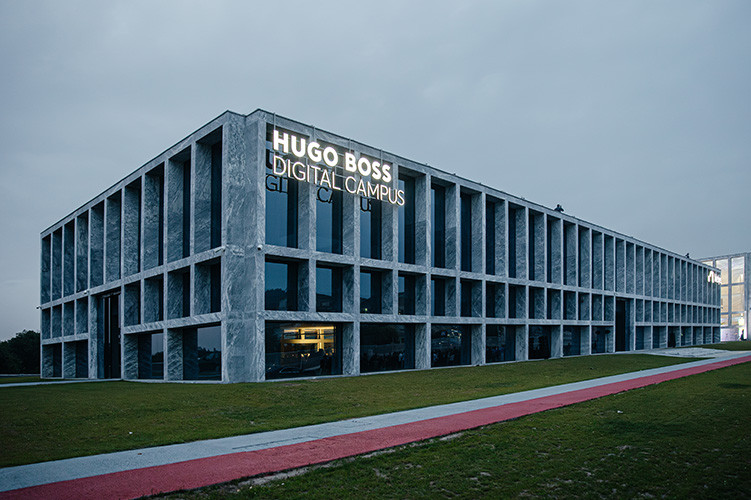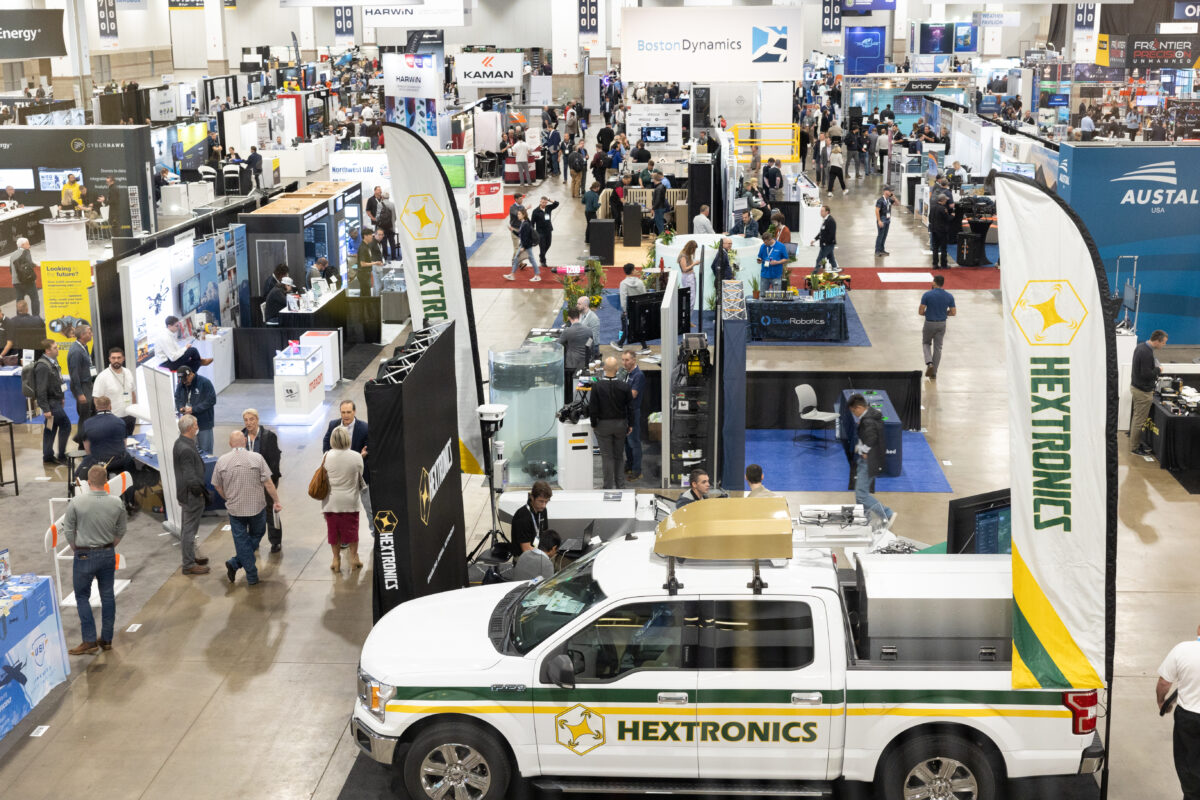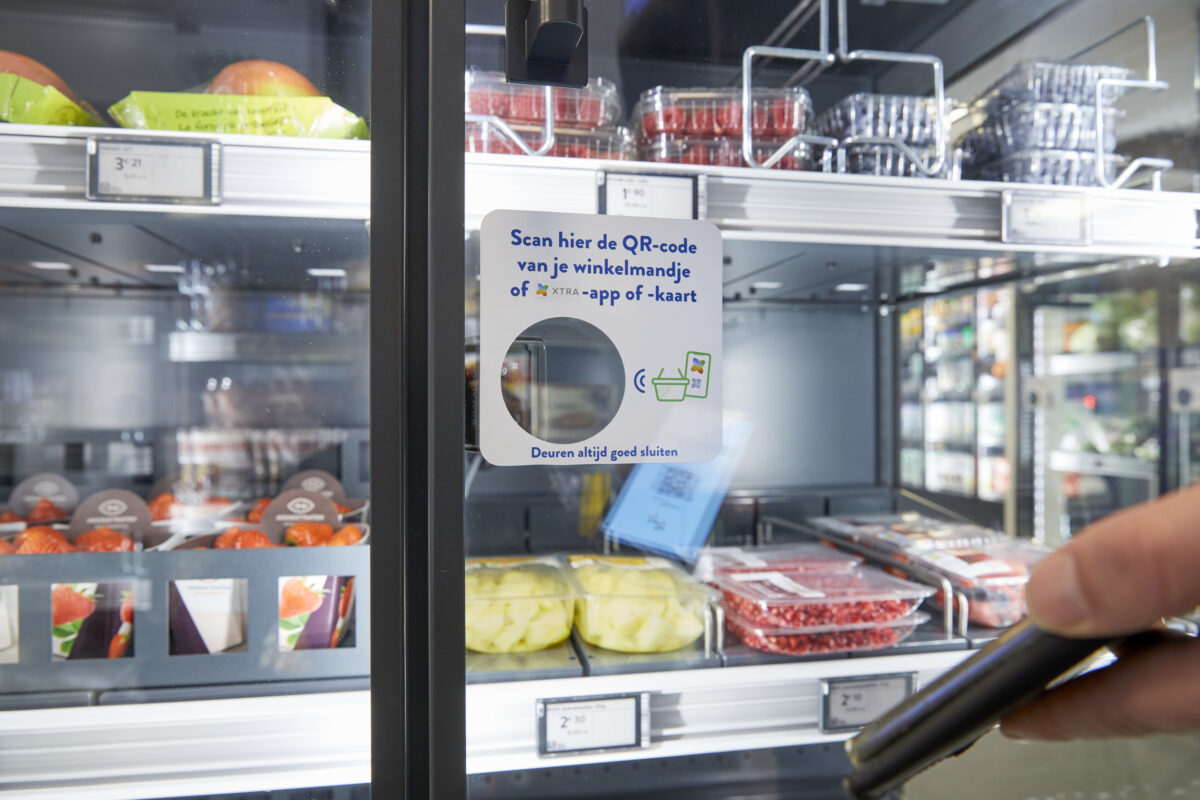A smart retail is a retail brick-and-mortar establishment that uses smart technology such as advanced shelves, smart cards etc. Smart retail typically delivers their services in real stores through the cloud, mobile apps, and virtual reality apps.
One of the major factors for the growth of the smart retail market is the increasing competition from e-commerce sites. Conventional bricks-and-mortar stores are facing intense competition from the increasingly growing e-commerce market in today’s retail industry. Traditional retailers also need to implement smart retail technologies to get their customers back in. The technology aims to boost the experience of digital shopping in physical stores.
In 2019, the global smart retail market size was 12.410 billion US dollars and is projected to reach 30.730 billion US dollars by the end of 2026, at a CAGR of 13.7% in the 2021-2026 period.
Trends influencing the smart retail market size
- Growing the usage of the internet and technology, reducing the cost of electronic products, growing mobile penetration, increasing the need to provide better customer service are some of the factors that help the growth of the global smart retail market over the forecast period.
- The adoption of analytical solutions by retailers in order to understand their clients, optimize business processes, increase productivity and provide a competitive advantage over their rivals in both physical and e-commerce retail is boosting the growth of smart retail market size.
- Smart retail implements IoT technology to deliver a connected and richer experience when shopping for their customers. By implementing IoT technology, the customers can log into the store on their smartphones before entering the store to test the availability and price of the items they wish to buy. This use of IoT is expected to increase the smart retail market size.
- The growing use of big data analytics to recognize consumer needs, improve customer interaction and the shopping experience is expected to lead to market development. The use of advanced technologies such as BLE beacons, near-field communications (NFC), and mPOS will help enhance customer service as well as increase data collection in-store. Such data obtained will be further used to help deliver useful information and assistance to customers.
Source: Valuates




